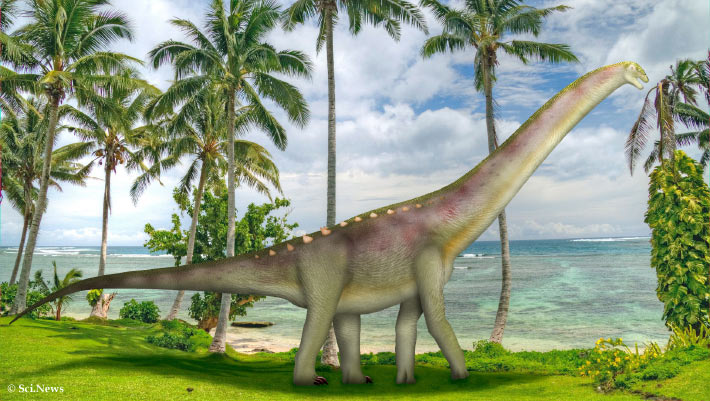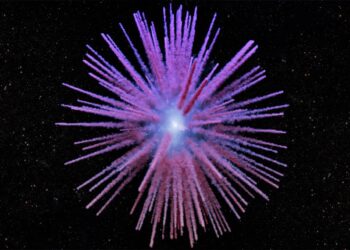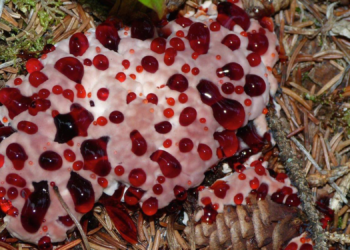A duo of paleontologists in Argentina has identified a new genus and species of gigantic titanosaur from several fossilized specimens found in the Patagonian province of Neuquén.
Bustingorrytitan shiva lived in what is now South America during the Cenomanian age of the Late Cretaceous epoch, approximately 95 million years ago.
“Titanosaurs include the largest terrestrial animals that ever lived,” said María Edith Simón and Leonardo Salgado, authors of a paper in the journal Acta Palaeontologica Polonica.
“Five species, four of which inhabited Patagonia, would have reached body masses of 50 tons or more: Patagotitan mayorum, Argentinosaurus huinculensis, Notocolossus gonzalezparejasi, not from Patagonia but from the Neuquén Basin, Puertasaurus reuili, and Dreadnoughtus schrani.”
“However, only one of these, Dreadnoughtus schrani, preserves a humerus and femur from a single individual, with the possibility to estimate the body mass by means of scaling equations, which are robust predictors of body mass in quadrupedal tetrapods.”
Bustingorrytitan shiva was a member of Lithostrotia, a large group of titanosaur sauropods that lived during the Cretaceous period.
“The phylogenetic analysis performed recovers Bustingorrytitan shiva as a lithostrotian, the sister taxon of Saltasauridae,” the paleontologists said.
The fossilized remains of at least four individuals of Bustingorrytitan shiva were collected from the base of the Huincul Formation at the Bustingorry II site in Villa El Chocón, Neuquén province, Argentina.
The material consists of a relatively complete skeleton, and three other incomplete specimens.
“Bustingorrytitan shiva comes from the same stratigraphic unit as the basal colossosaur Chucarosaurus diripienda and the lognkosaur Argentinosaurus huniculensis, the first gigantic titanosaur to be described,” the researchers said.
Bustingorrytitan shiva has an estimated body mass of 67.3 metric tons, which makes it one of the largest…
Read the full article here







